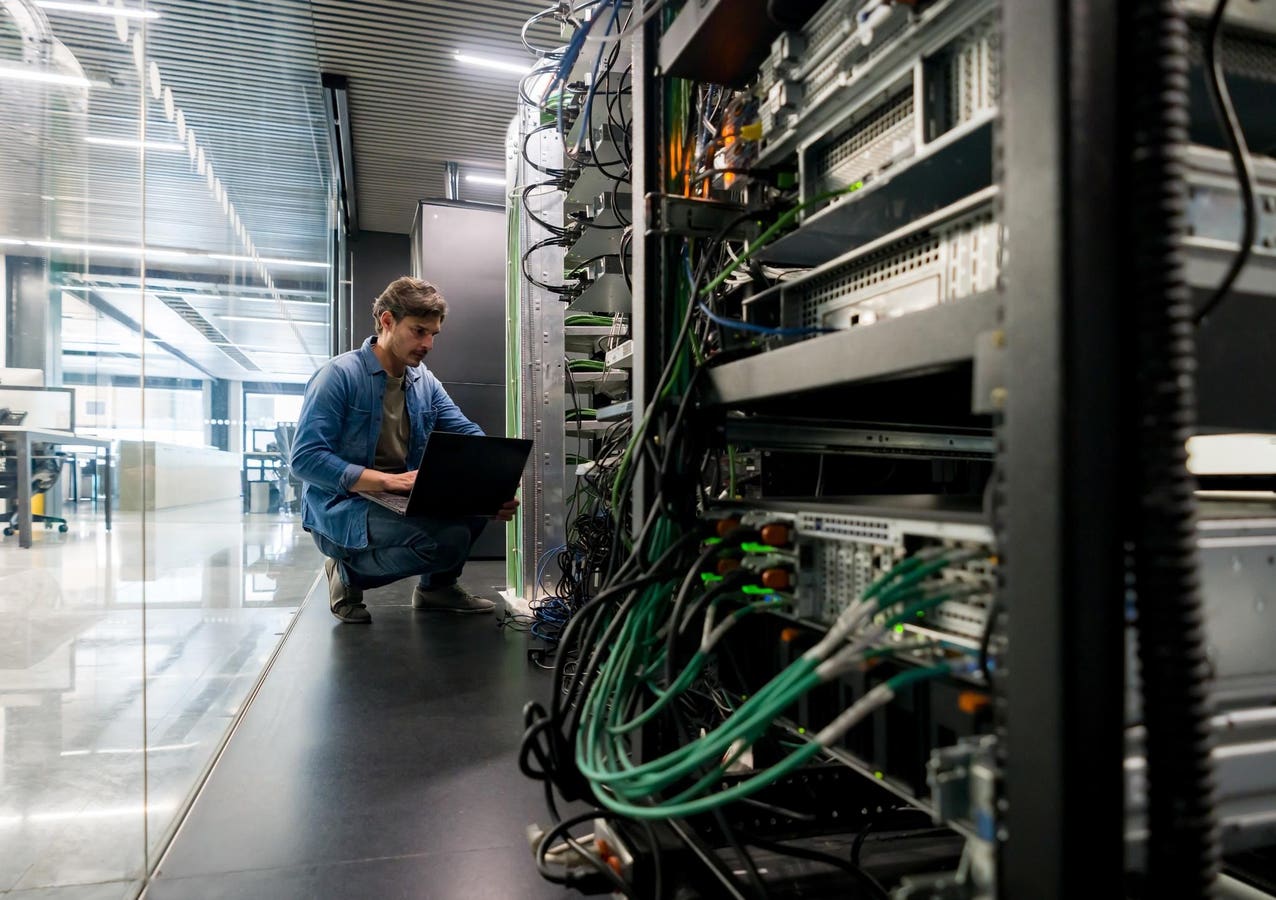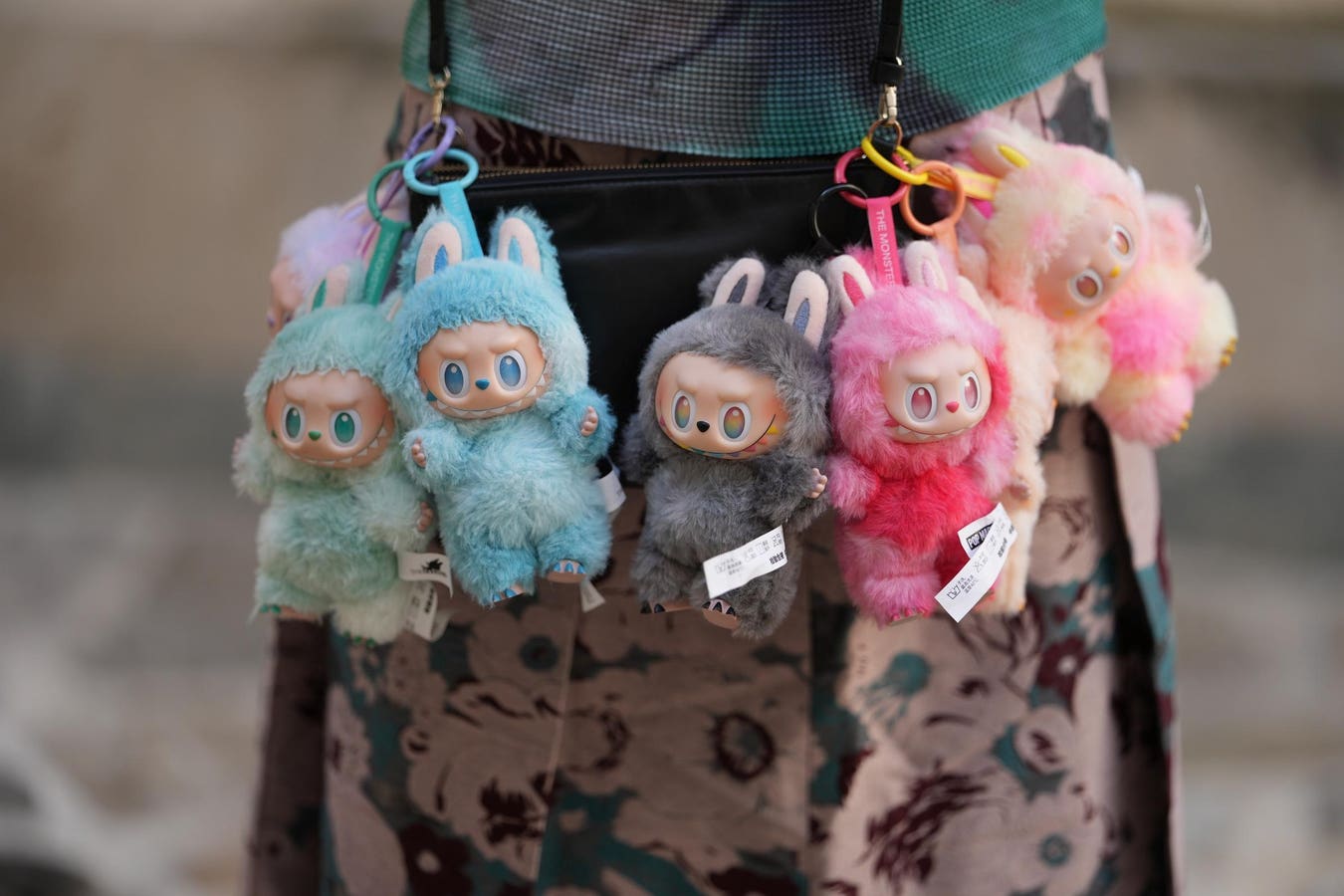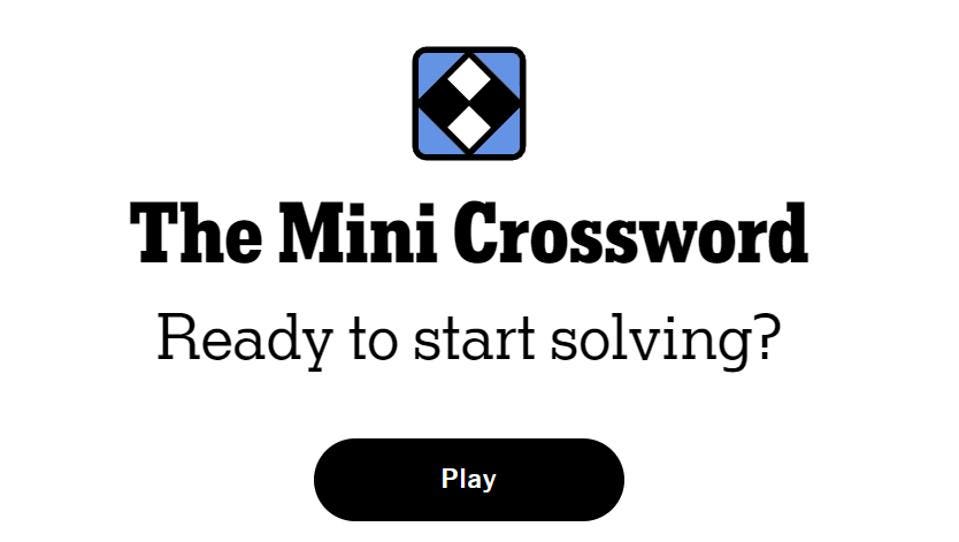Stanford Study Reveals AI’s Growing Place in K–12 Classrooms
getty
AI adoption in schools has moved very fast from theory to measurable reality. New data from a Stanford University SCALE study offers one of the clearest looks yet at how K-12 educators are using generative AI in their daily work and what that might mean for the profession.
Researchers partnered with SchoolAI, an education technology platform powered by generative AI. They studied usage of SchoolAI among more than 9,000 U.S. teachers during the first months of the 2024–25 school year. The analysis tracked every teacher action on the platform, from logging in to creating lesson plans, quizzes, or student-facing chatbots.
Until now, most understanding of AI use in schools has relied on surveys and anecdotal reports. This dataset, drawn from real classroom behavior, shows which tools teachers choose, when they use them, and how their patterns shift over time.
Regular Use by More Than 40% of Teachers
The study grouped teachers into four engagement categories based on activity during a 90-day period:
- Single-Day Users (16%) logged in once and did not return
- Trial Users (43%) used the platform between two and seven days
- Regular Users (41%) used it between eight and 49 days
- Power Users (1%) logged 50 or more active days
While attrition was evident, about a third of teachers stopped after their third day. More than 40 percent became Regular or Power Users. That puts the platform’s retention above typical benchmarks for software adoption in other sectors, where three-month retention rates often hover around 30 percent.
The findings suggest that for a significant proportion of teachers, AI is becoming part of an ongoing workflow rather than a one-time experiment.
Peak Use During Weekday Mornings
The timing of use reveals how these tools fit into educators’ schedules. The vast majority of activity happened during weekday mornings. Evenings and weekends saw little engagement.
This pattern indicates AI is being integrated into active teaching time and lesson preparation, rather than used mainly for after-hours planning. For me, an advocate of educators using these tools to gain their free time back, this is greatly encouraging. For developers and school leaders, it underscores the importance of designing tools that deliver value in short windows during the busiest parts of the day.
Teacher Support Tools Lead the Way
SchoolAI offers three main categories of tools:
- Student chatbots that are designed by teachers for direct student use
- Teacher productivity tools, that assist in generating resources such as lesson plans or quizzes
- Teacher chatbot assistants, that help with tasks such as grading, brainstorming, and administration
Teacher productivity tools accounted for 37 percent of usage time, followed by teacher chatbot assistants at 27 percent and student chatbots at 23 percent. Heavier users leaned more heavily on teacher-support features. Among power users, more than half of all time went to Teacher Chatbot Assistants.
Regular Users started with more time on student chatbots. By their 15th day on the platform, their usage patterns closely resembled those of power users, allocating nearly 70 percent of time to teacher-support tools.
Teacher Perspectives
While researching for my new book, The Educators’ AI Guide 2026, some educators explicitly mentioned their use of SchoolAI.
“I’m able to create a space (which is like a Chatbot) that is very specific to the content or standard I’m teaching,” said Larisa Black, an Earth Science teacher at South Carolina Connections Academy in Rock Hill. “Students can use that space to help them after school hours when studying or completing homework. I love that I’m able to see the full conversation and that data helps me to better understand my students’ needs.”
School leaders are also noting the scale of adoption. “We’ve had over 4,000 spaces created for students in the first five months of the school year,” said Tom D’Amico, Director of Education at the Ottawa Catholic School Board in Canada. “That’s a lot of personalized learning that would not have taken place without AI.”
Beyond the Numbers
While “days active” and “time spent” provide useful metrics, researchers caution they do not capture the full value of engagement. Different tools demand different levels of cognitive effort and have varying impacts on student outcomes. Planning a field trip with an AI assistant is not equivalent to creating a student quiz, even if both take the same amount of time.
The findings also come at a moment when policy discussions around AI in education are still catching up to practice. With teachers using AI during instructional hours and for core professional tasks, districts may need to address issues such as training, ethical guidelines, and data privacy in a more structured way.
The Road Ahead
The SCALE Initiative plans to continue tracking usage and to expand its research into how AI impacts student learning directly. The current results already point to three key takeaways for school leaders and policymakers:
- Sustained adoption is achievable when tools fit into existing routines and deliver immediate value.
- Workflow integration is critical. The busiest hours of the day are when teachers are most likely to turn to AI.
- Support tools drive deeper adoption. Teachers gravitate toward features that save time and reduce administrative burden.
The data offers a snapshot of a profession in transition. They are experimenting, adapting, and in many cases, finding ways for AI to take on tasks that once consumed valuable teaching time or personal time.
As more classrooms adopt these tools, the focus may shift from whether AI belongs in education to how it can best serve teachers and students. The answer, if these early results hold, will be found not in hype or fear, but in the everyday choices teachers make between the first bell and the last.








